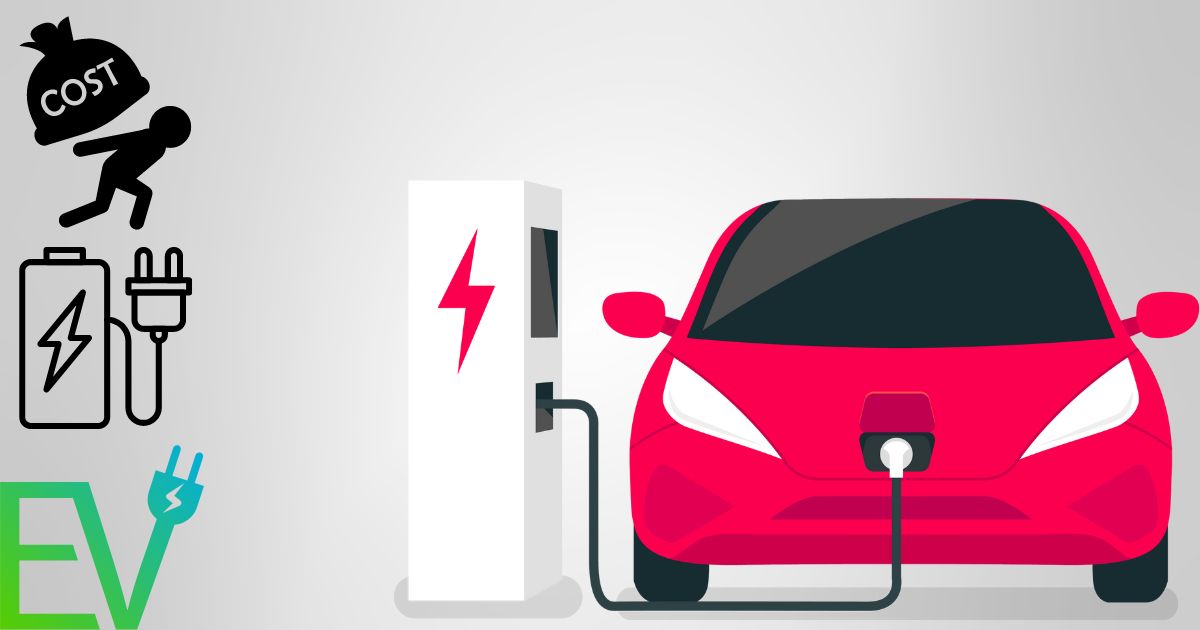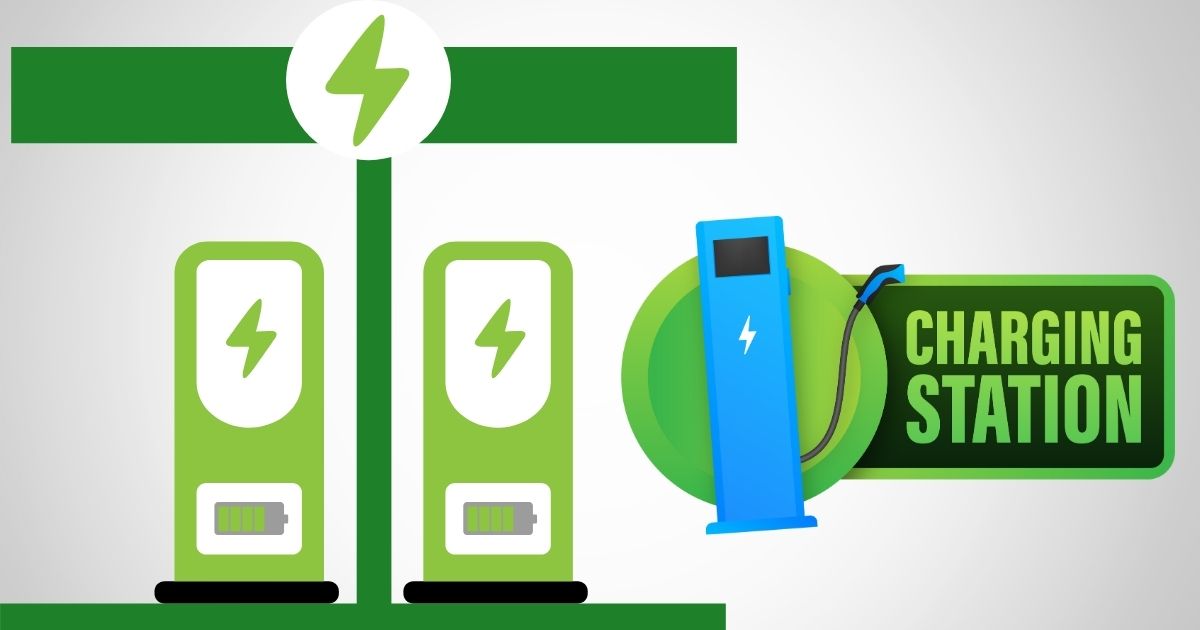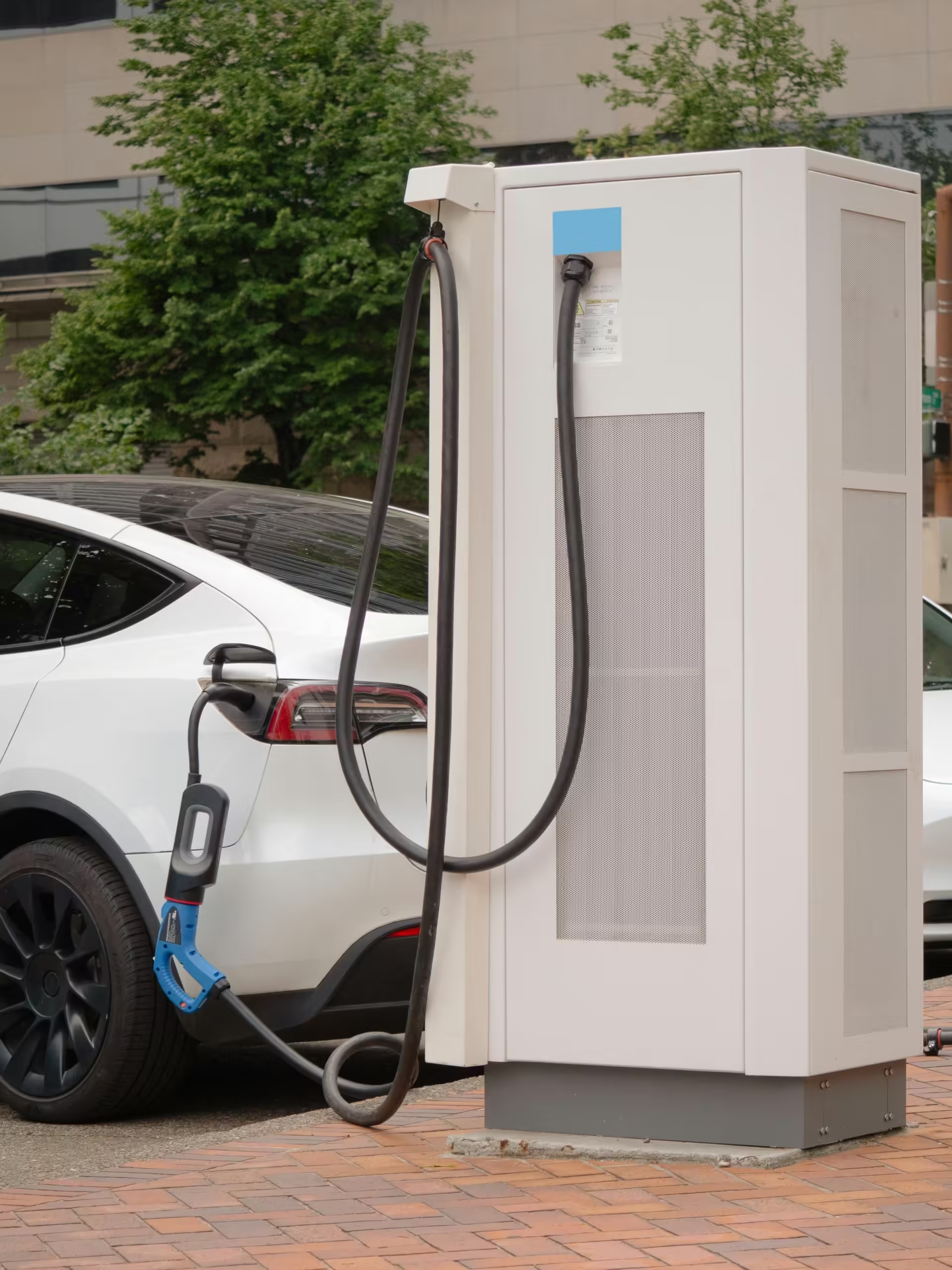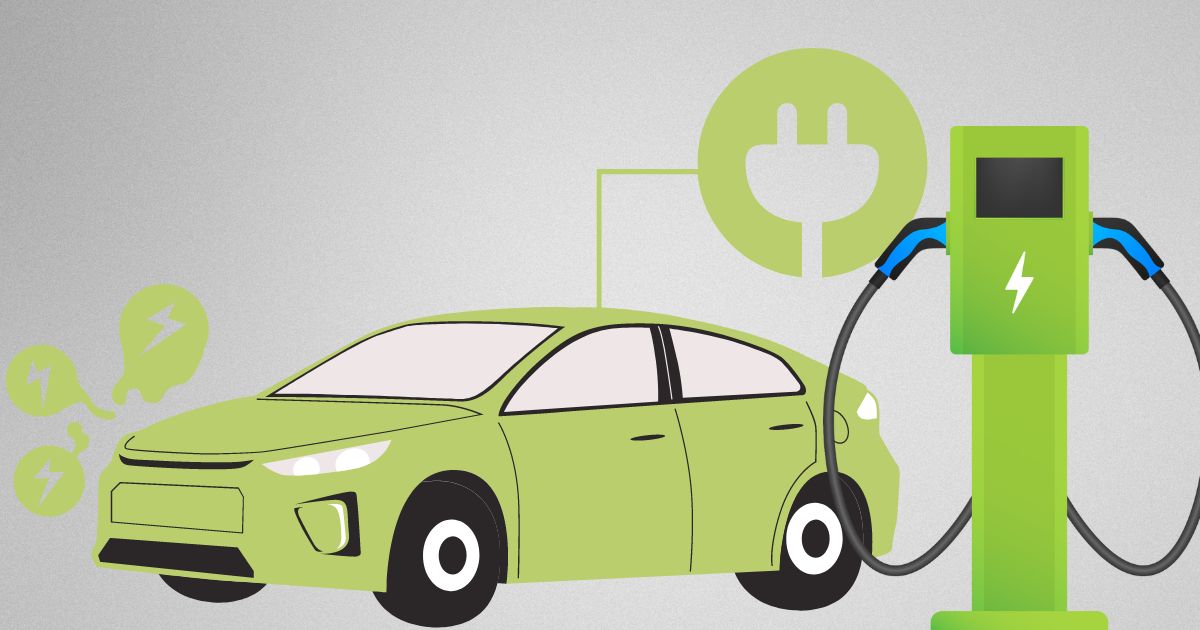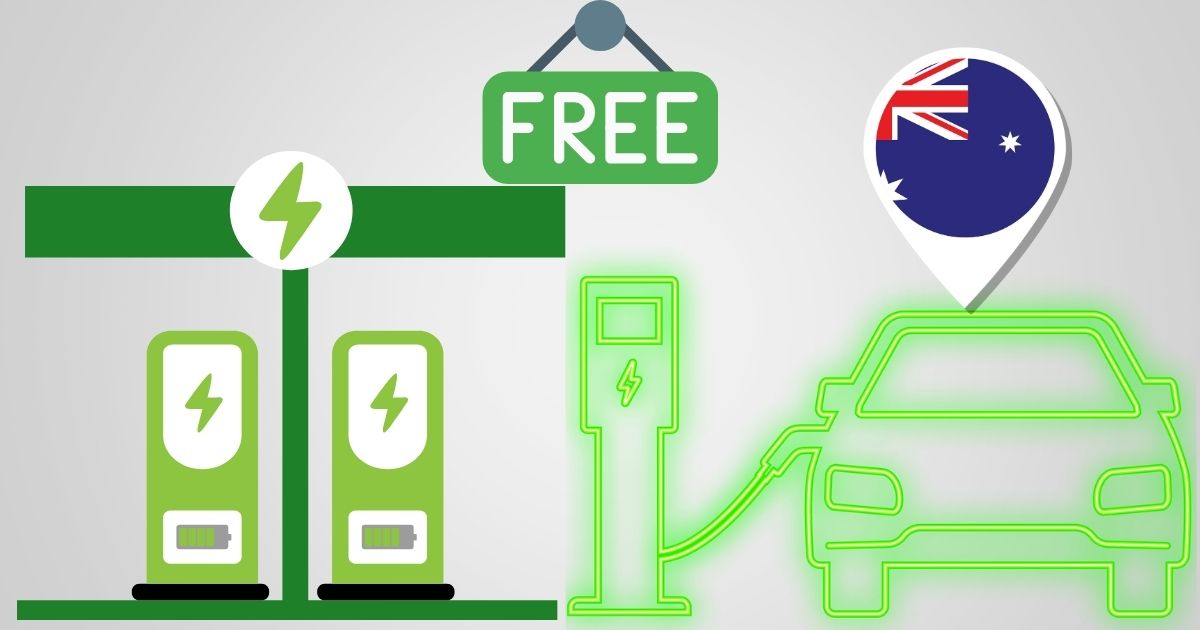The New South Wales (NSW) government has taken a significant step with the goal of redefining the adoption landscape of electric vehicles (EVs) in the area.
The government has generated heated debates within the automobile industry and stirred a fiery debate throughout the state by announcing the end of electric vehicle discounts and a strategy pivot towards an expanded rollout of electric vehicle charging infrastructure.
NSW Government Shakes Up Electric Vehicle Policies, Sparks Intense Debate
Beginning on January 1, 2023, the $3,000 refund for electric vehicle purchases, in addition to stamp duty exemptions, will progressively be phased out.
This will signal the end of an era for a great number of people who are passionate about electric vehicles.
Nevertheless, there is still a glimmer of light for those who have been dedicated to the ownership of electric vehicles.
Individuals who have orders for electric vehicles that are still pending until the date that has been stated will still be eligible for the rebate, regardless of whether or not the vehicle has been delivered.
On the other hand, you should brace yourselves for the true bombshell: the government is investing an astounding $263 million in the acceleration of the electric vehicle revolution, which is in place of the original rebate allocation of $75 million.
With this huge influx of financial resources, the New South Wales Electric Vehicle Strategy is going to be reworked, and aggressive goals will be established to ensure that fifty percent of all new car sales in the region will be electric by the year 2030.
The question now is, what exactly does this exciting new plan entail? You are about to embark on an amazing ride!
We are talking about an invasion of fast-charging stations that are strategically placed along important roads, as well as street-side chargers that are cropping up in close proximity to apartment complexes, in addition to increased grid capacity to accommodate the surge of electric vehicle fleets.
However, hold on, there is more! In order to ensure that regional drivers and flat residents who do not have access to home charging facilities are not left behind, the government is taking a Robin Hood-like approach with this money.
What’s more, ultra-fast electric vehicle charging stations are going to receive a major injection of $149 million, and an extra $40 million is going to be allocated for charging infrastructure in commuting hubs and tourism sites.
However, not everyone is enthusiastically embracing the switch to electric vehicles.
Critics have criticised the government’s decision to reverse its position on electric vehicle incentives, calling it a “betrayal of voters.”
An organisation that has angrily criticised the decision as a barrier to progress is the Electric Vehicle Council, which is leading the fight in opposition to the decision.
Behyad Jafari, the Chief Executive of the Council, did not mince words when he stated that the withdrawal of incentives could potentially lead families with lower incomes back towards conventional gas-powered automobiles, particularly in light of the rising prices of gasoline.
The argument, however, does not reach its conclusion there. While there are those who urge keeping the focus on electric vehicle incentives, there are others who argue that the establishment of a comprehensive charging infrastructure is the most important factor in speeding the adoption of electric vehicles.
In spite of the fact that arrangements have been made for a difficult showdown in Parliament, there is one thing that cannot be disputed: the wheels of revolution are already in motion, and the path that lies ahead is riddled with exhilarating uncertainties.
This thrilling tale is still unfolding, and it is determining the path that the future of electric vehicles in New South Wales will take.

